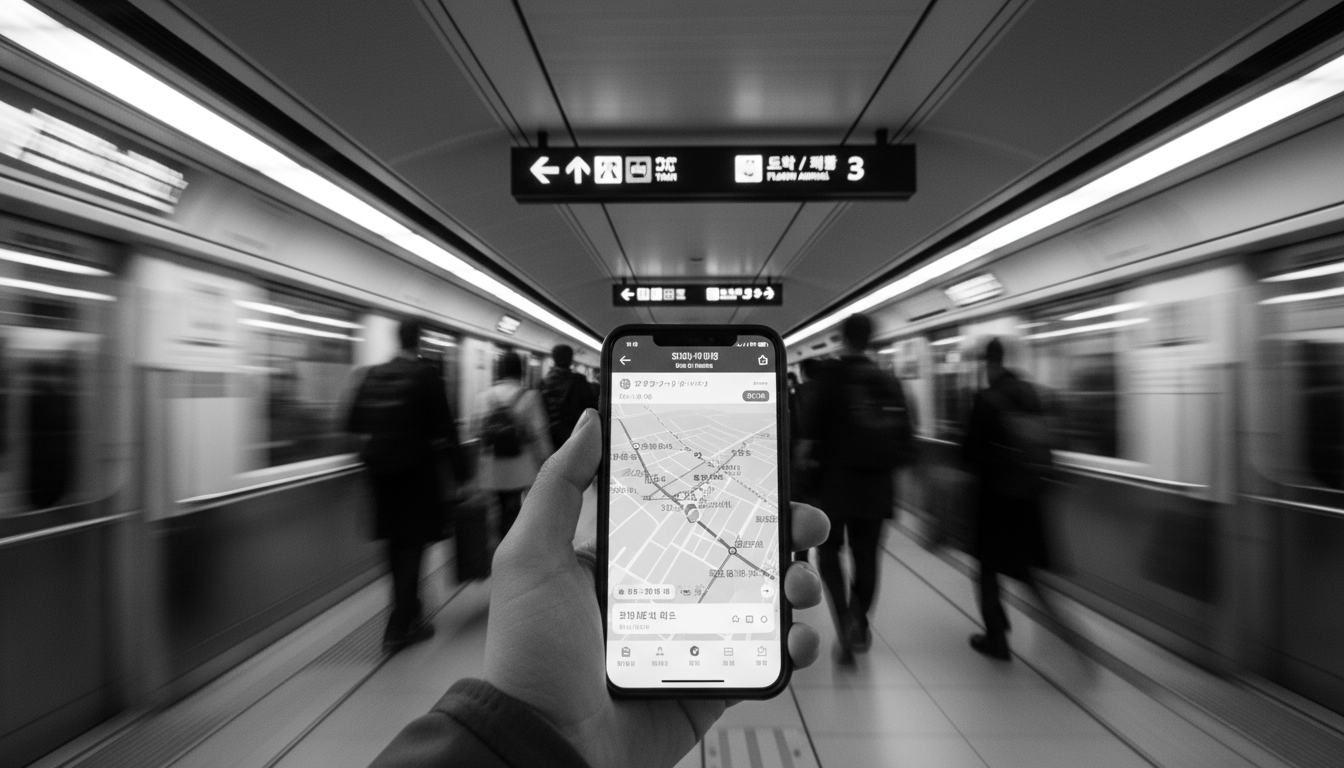One of the most common anxieties upon arriving in a new country is the need to figure out the local public transport system. However, mastering the art of navigating foreign transport networks is key to authentic, cost-effective, and hassle-free travel. Efficiently using buses, trains, and subways allows you to save a significant part of your budget, avoid traffic jams, and see the city from a local’s perspective. Fortunately, modern technology and well-thought-out strategies can turn this task from stressful into an exciting part of the adventure.
Preparation: Technology and Route Planning
The secret to successful navigation lies in digital preparation before arrival. Using the right apps and understanding the local transport code will help you save time and money.
Essential Digital Tools
- Local and Global Map Apps: Apps like Google Maps, Citymapper (for major metropolises), or Yandex Maps (for CIS countries) are indispensable. They provide real-time routes, including delays and alternative paths.
- Official Transport Apps: Almost every major city has its own app for ticket sales and schedule displays. Download it in advance to learn about fares, day passes, and the possibility of using a mobile ticket.
- Translation Apps: Have a quick translation app handy, especially if you are traveling to a country with a non-Latin alphabet (e.g., Japan, Korea). Camera text translation features can quickly translate station names or announcements.
Understanding the Payment System
Transport systems in many countries offer better value options than buying single-use tickets. Find out which option will provide you with maximum savings:
- Rechargeable Cards (e.g., Oyster, Octopus, MetroCard): These cards often offer a discount on fares compared to cash, and they are convenient to top up.
- Day/Week Passes: If you plan to travel a lot in a short time, a pass can provide unlimited access and guaranteed savings.
- Contactless Payment: Many modern systems (e.g., London, Singapore) allow you to use a regular contactless bank card to pay for the fare, eliminating the need to purchase a special ticket.
On-Site: Etiquette and Practical Tips
Once you have sorted out tickets and the route, it is important to know a few rules to make your journey comfortable and seamless.
Street Etiquette and Rules
- Maintain Order: In Asian and some European countries (e.g., Japan, UK), strict adherence to boarding queues and the rule of letting passengers exit the carriage before entering is observed.
- Escalator Rule: If you are not in a hurry, stand on the right side of the escalator, leaving the left side for those who want to walk (a general rule for most countries, except Australia).
- Maintain Silence: In the subways and trains of many countries (especially Germany and Scandinavian countries), it is customary to speak quietly on the phone or avoid conversations altogether so as not to disturb other passengers.
Read Signs and Symbols
Do not rely solely on audio announcements, which may be in an unfamiliar language. Look for the following symbols:
- Arrows and Line Colors: Most subway systems use color-coding for lines, making navigation intuitive. Remember the line color and the final station of the direction.
- Icons for Landmarks: In many tourist cities, icons are placed on signs next to station names, indicating nearby attractions (e.g., an airplane for the airport, a museum icon).
By mastering these strategies, you can confidently navigate any foreign transport system, turning logistics into an additional way to immerse yourself in the city’s culture.

 Navigating Foreign Public Transport Systems">
Navigating Foreign Public Transport Systems">
